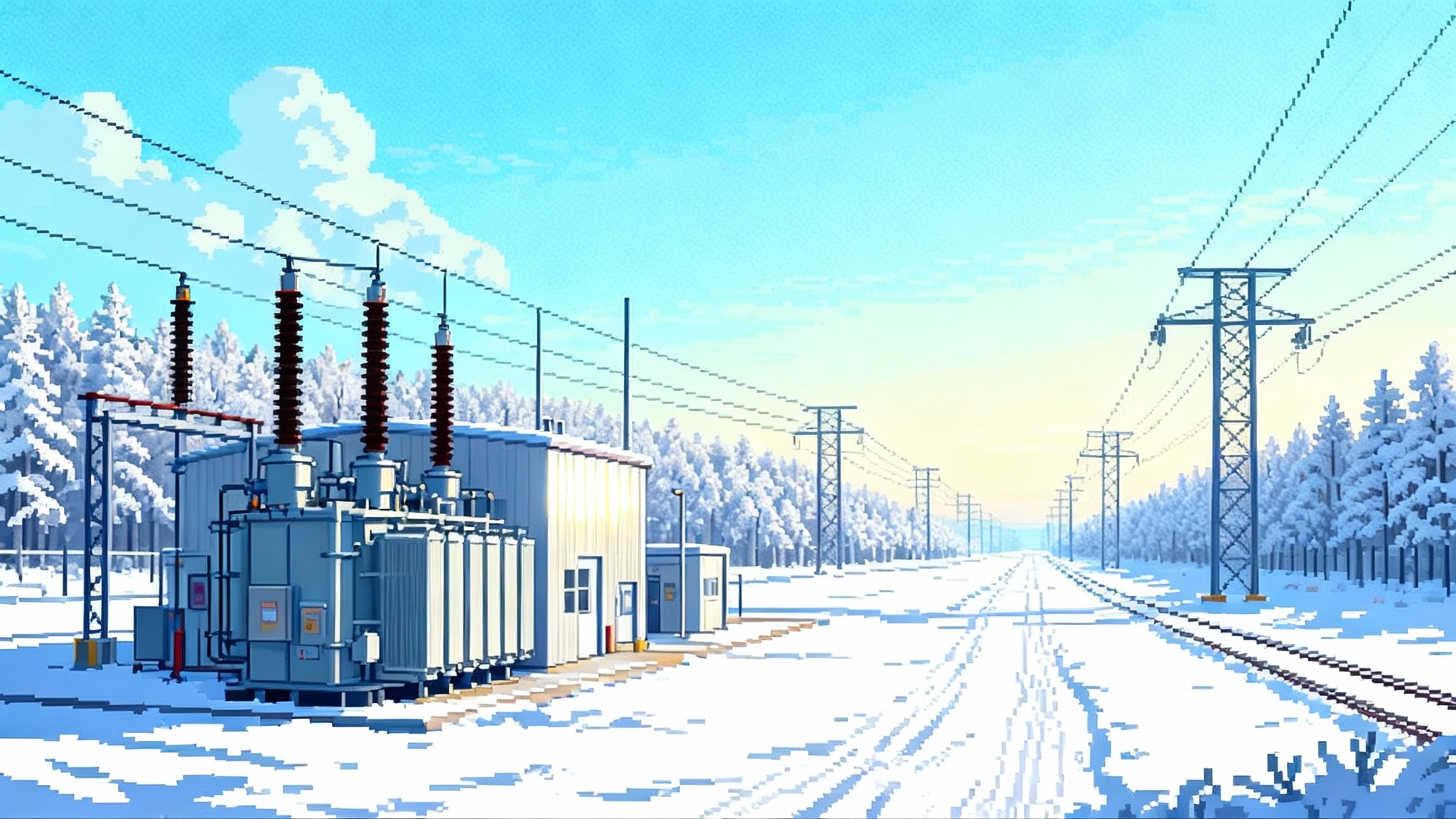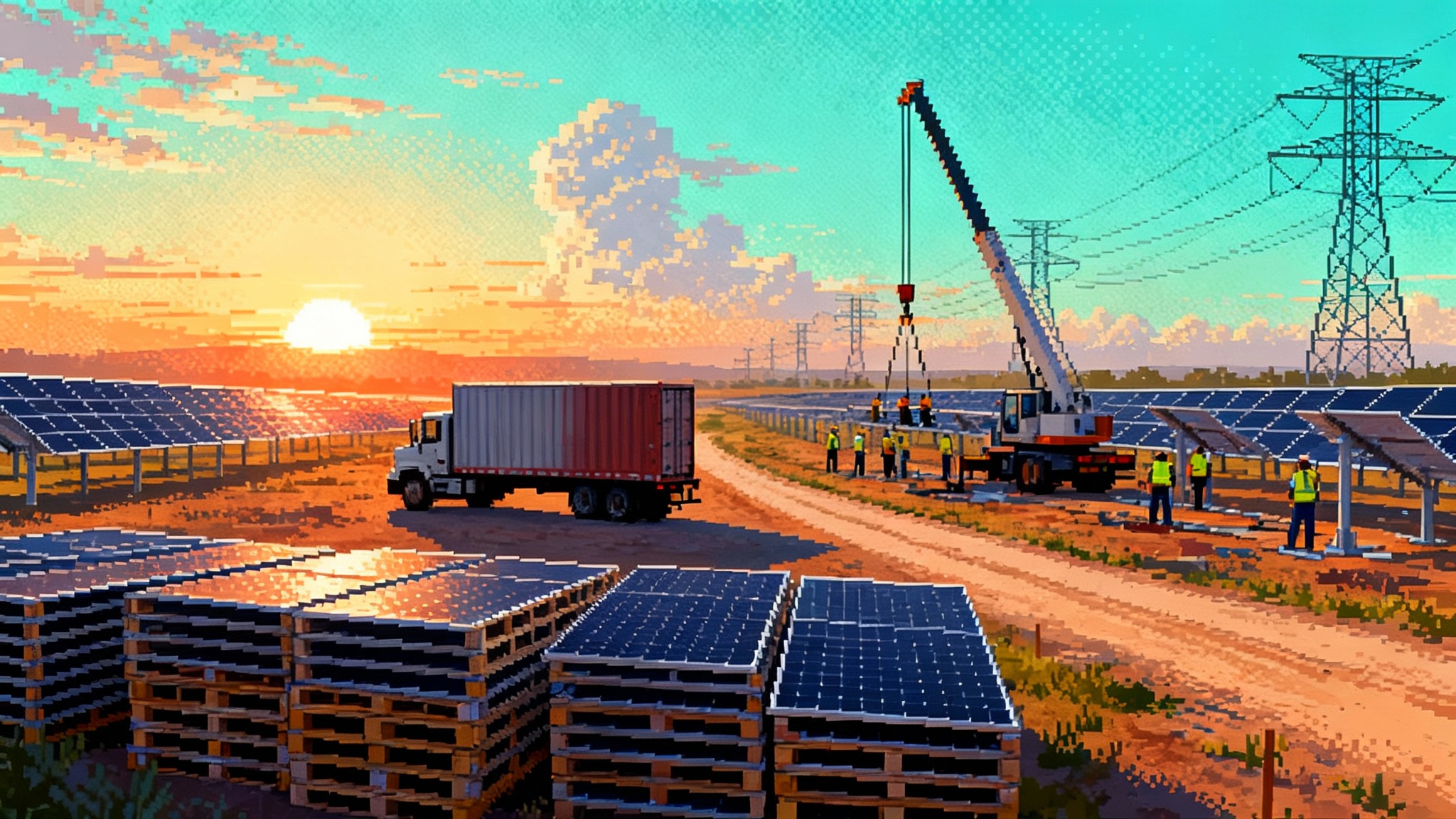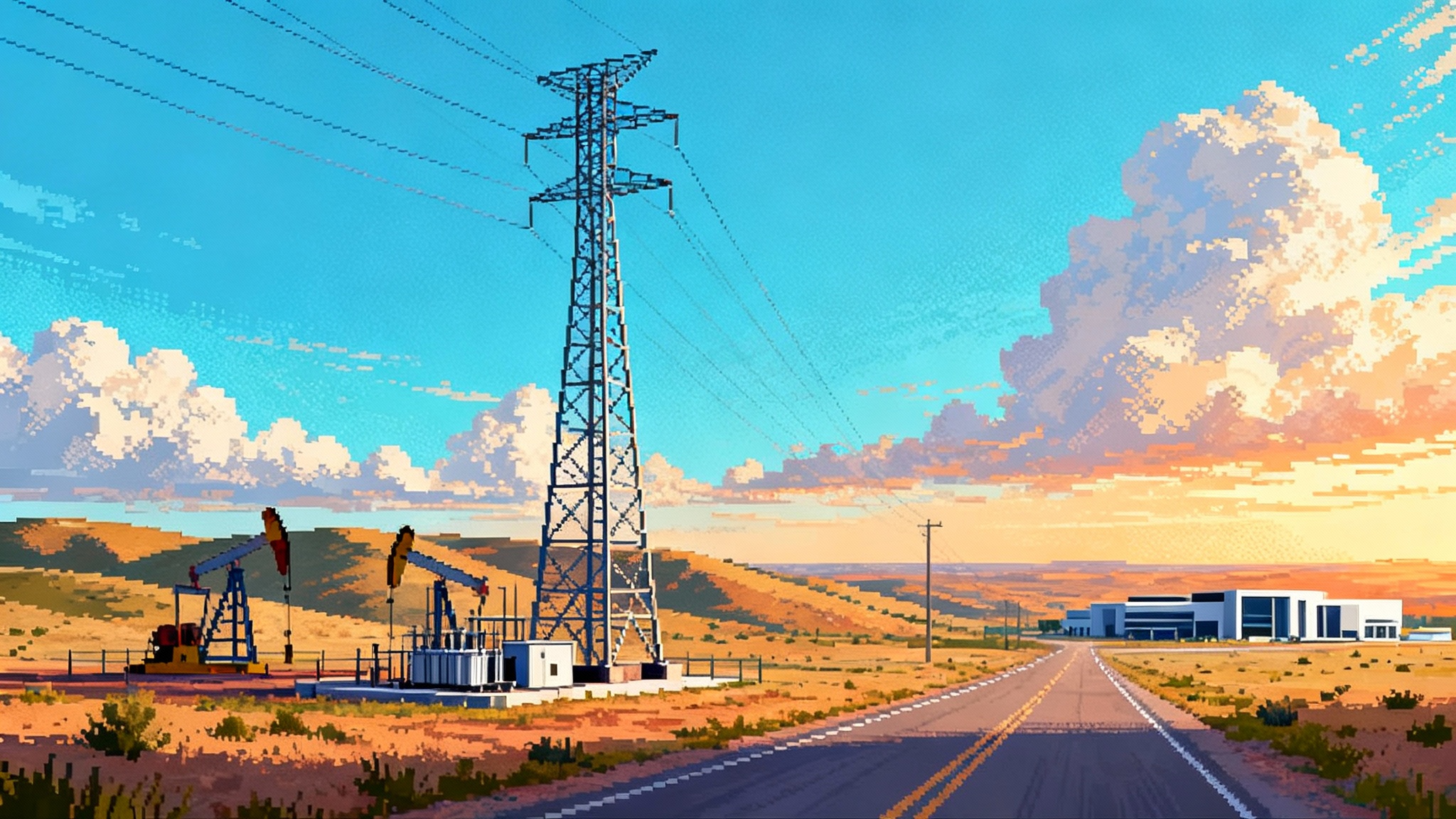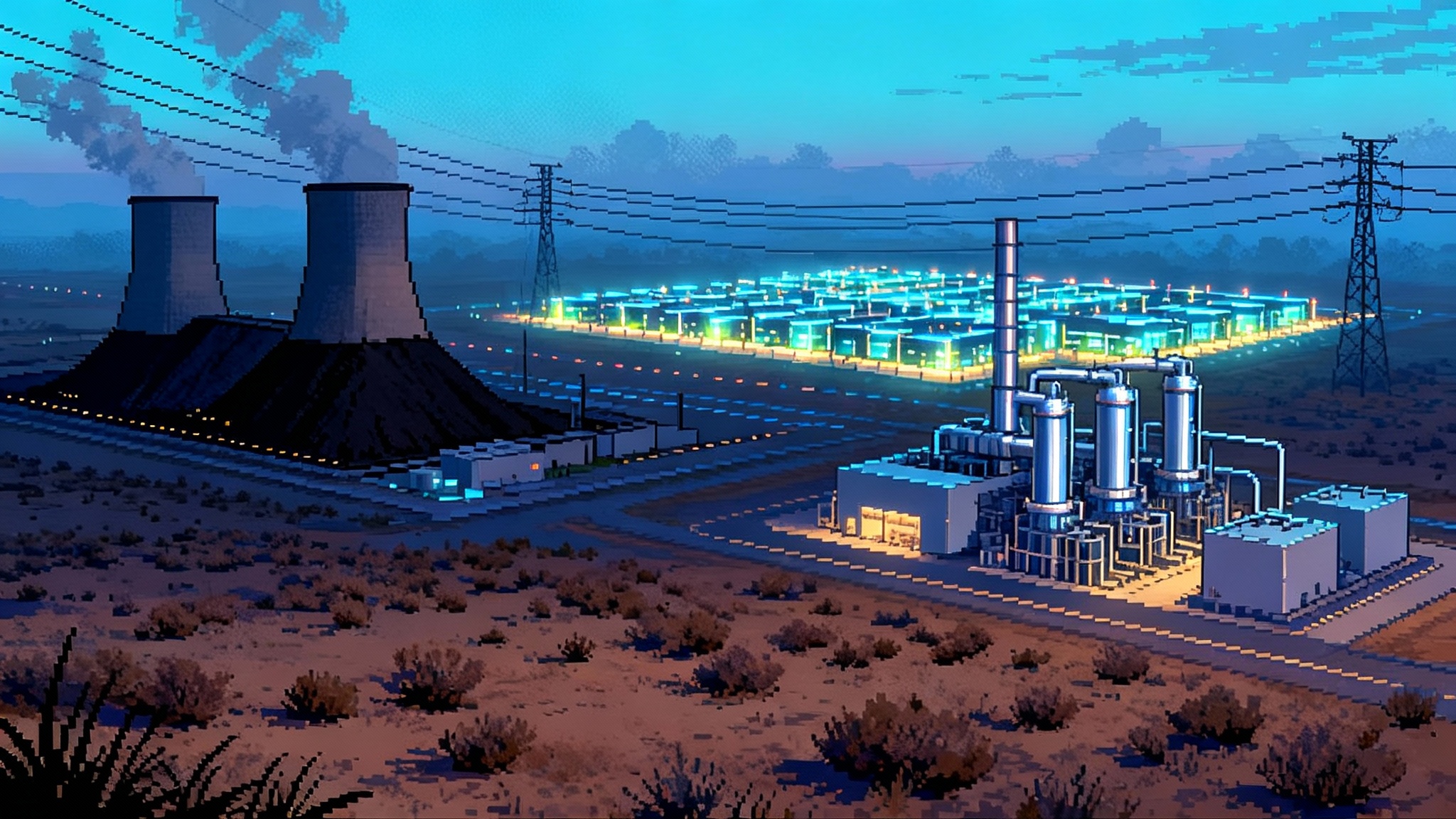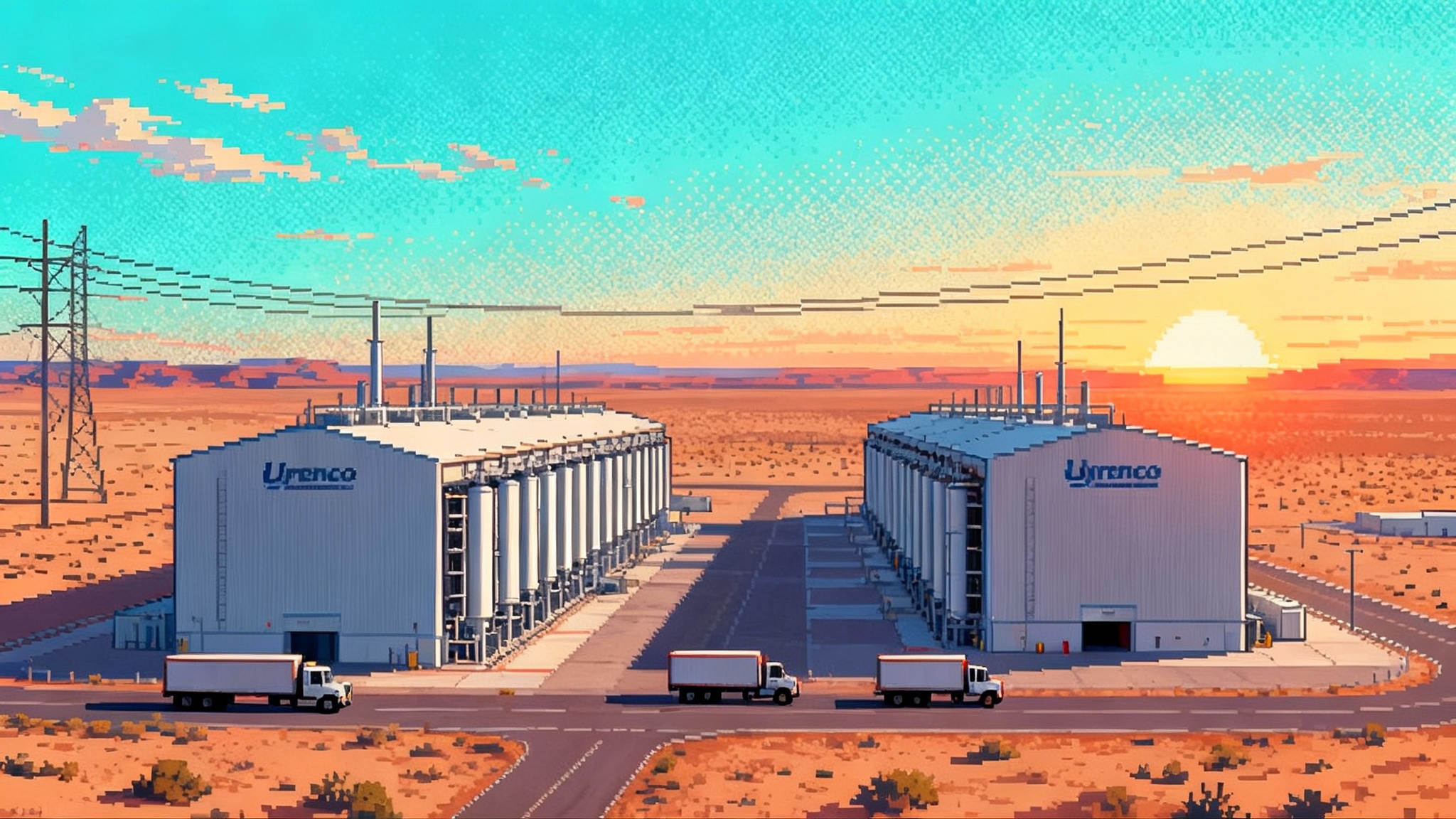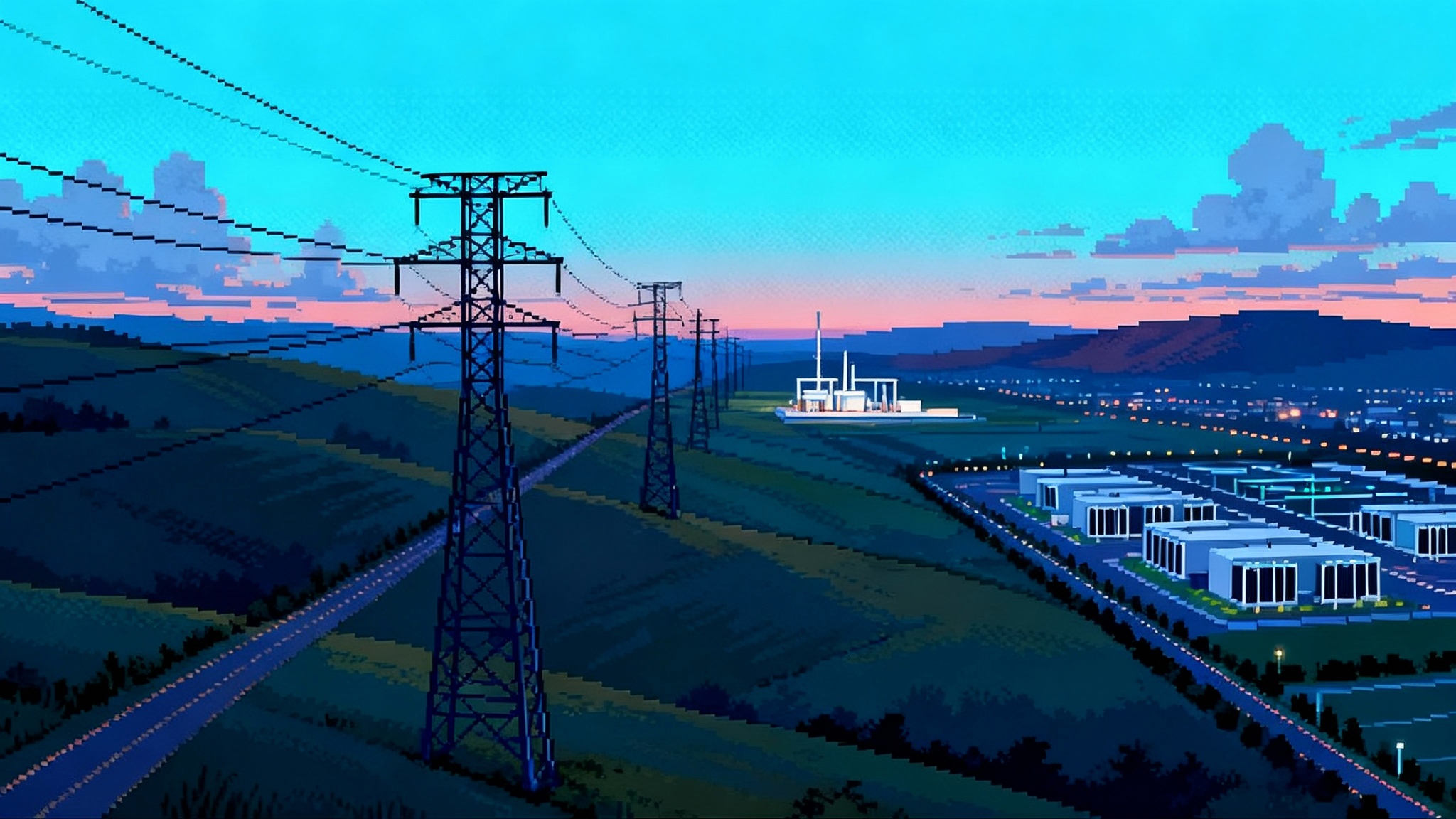After Congress Axes EPA Methane Fee, What Changes Now
On March 14, 2025 Congress used the Congressional Review Act to void EPA’s methane fee rule, and EPA removed it from the CFR in May. The fee is gone, but methane standards and Subpart W reporting remain, and markets will keep the pressure on through 2027.
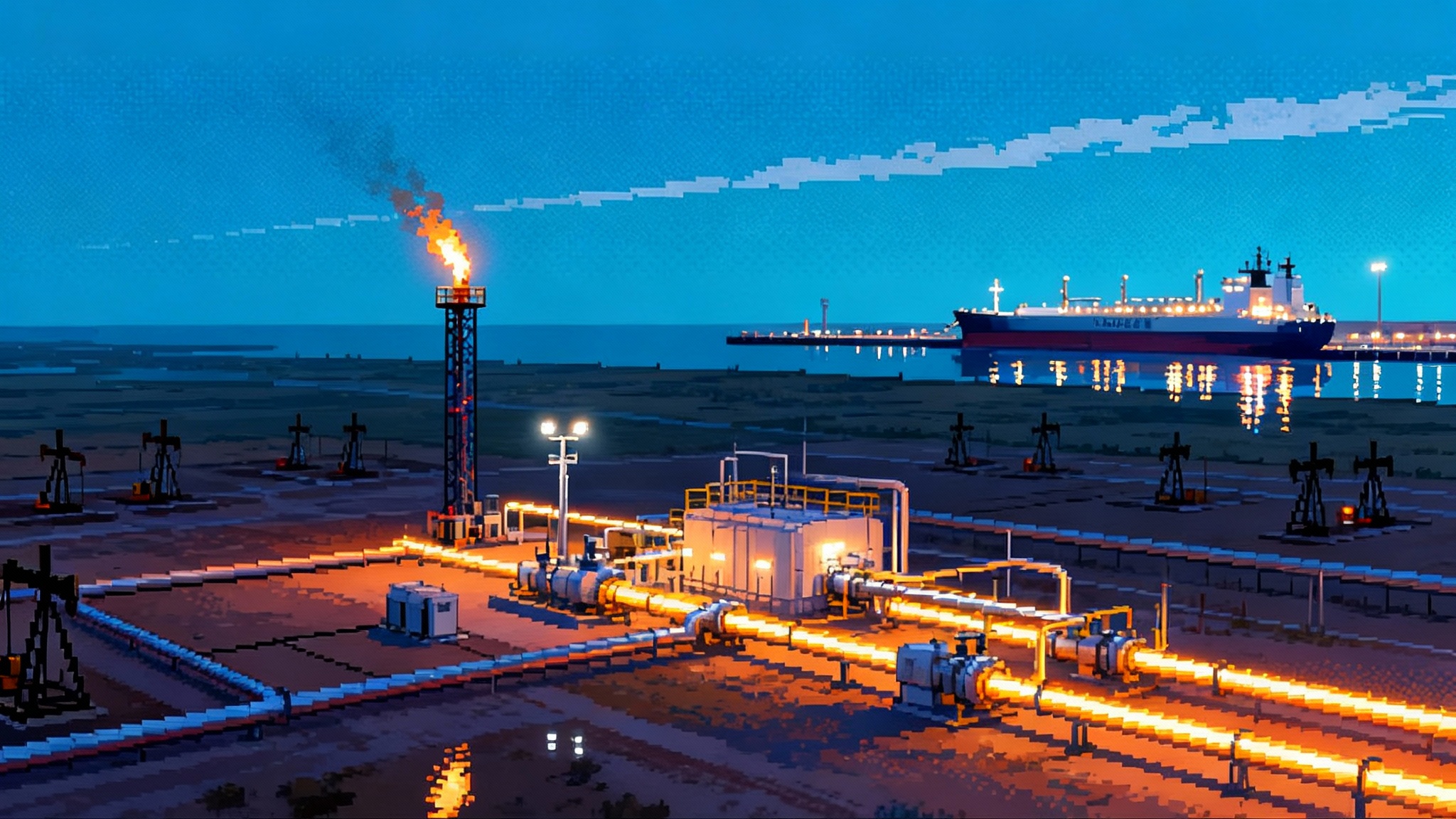
The quick read
Congress used the Congressional Review Act on March 14, 2025 to invalidate EPA’s Waste Emissions Charge rule, and EPA followed in May by removing the rule from the Code of Federal Regulations. That kills the rule, not the underlying statute. Federal methane standards under the Clean Air Act still apply, and Greenhouse Gas Reporting Program Subpart W reporting continues. For oil and gas, the next two years look like a patchwork where state rules, federal standards, voluntary certifications, and buyer demands combine to set the real bar for performance.
If you remember one thing, make it this: the fee is gone, but compliance pressure is not. The incentives and penalties just moved.
What Congress killed, and what it did not
-
What died: EPA’s 2024 final rule that set the mechanics for calculating and collecting the Waste Emissions Charge. The disapproval took effect when the President signed the joint resolution on March 14, 2025. EPA then removed the program from the CFR and told facilities they will not need to file the now defunct fee paperwork in 2025; see the agency’s EPA Waste Emissions Charge update.
-
What remains on the books: the statute itself. Congress did not repeal Clean Air Act section 136, which created a methane charge in law. Under the CRA, a disapproved rule has no legal effect and EPA cannot issue another rule that is substantially the same unless Congress passes a new authorizing law.
-
What EPA can still do: enforce separate methane standards under the Clean Air Act and require greenhouse gas reporting under Subpart W. The agency also extended some compliance deadlines for the OOOOb and OOOOc standards in a 2025 interim action while litigation proceeds. None of that depends on the fee rule.
What stays in force in 2025-2027
-
Federal methane standards: EPA’s New Source Performance Standards for new and modified sources and the Emissions Guidelines for existing sources remain. They require leak detection and repair, restrict routine flaring in most cases, and set equipment standards across production, gathering, and processing. Courts have not stayed these standards, and an interim final rule issued in late July 2025 provides more time for certain compliance steps.
-
Subpart W reporting: The Greenhouse Gas Reporting Program continues. Operators that meet applicability thresholds must submit annual methane reports. EPA removed fee-related cross references from Subpart A after the CRA action, but Subpart W itself remains, including recent updates that sharpen methods and data quality.
-
State rules: Colorado, New Mexico, and several other states keep strong methane requirements in place, while Texas and some others are looser. That means the compliance bar varies by basin unless a buyer or a federal lease condition tightens it; for Texas grid and growth context, see Texas goes 765 kV.
-
Federal leases and rights of way: On federal and tribal lands, additional venting and flaring controls apply through Interior and BLM rules alongside EPA air standards and state oil and gas regulations.
What replaces a single fee
The fee would have created a uniform federal price signal for waste methane above statutory intensity thresholds. Without it, we get a patchwork of:
- Federal standards that mandate practices rather than assess charges for overage.
- State programs that range from strict to permissive.
- Contractual requirements set by LNG exporters and large pipelines that want certified or measured gas.
- Voluntary frameworks such as differentiated gas certifications and satellite verified monitoring.
In practice, the market and state rules will set the floor for many operators. The question is whether that floor is high enough to deliver the same reductions the fee would have pushed in the highest emitting segments. For demand-side context that tightens the screws on gas suppliers, see AI load rewrites the grid.
Producer economics without a federal fee
Think of the fee as a backstop cost that now disappears for high emitters. The statute set fee levels at 900 dollars per metric ton of methane for 2024, 1,200 dollars for 2025, and 1,500 dollars for 2026 and beyond. The CRA action removes the immediate risk of writing those checks based on 2024 and 2025 reported emissions. Here is how that changes the math:
-
Short run cash flow: A small to mid sized producer that would have exceeded the intensity threshold by 500 metric tons of methane in 2025 avoids a 600,000 dollar charge. For high emitters the avoided cost would have been larger. The flip side is that investors and offtakers may still demand measurement and mitigation that cost money, especially in basins shipping to premium markets.
-
Opex and capex: OOOOb and OOOOc still require spending on LDAR rounds, pneumatic retrofits, and routine flaring controls. The 2025 deadline extensions smooth, not erase, those costs. Producers can spread capital over a longer timeline and sequence work with planned turnarounds.
-
Risk pricing: Banks, insurers, and LNG offtakers now matter more. Producers that can demonstrate low methane intensity, strong measurement, and fast repair cycles will see better contract terms. Those that cannot will pay higher differentials or lose access to some markets.
-
Basin impacts: In Colorado and New Mexico, state rules already remove much of the cost gap between fee and no fee. In Texas or parts of the Mid Continent the gap is wider in the near term. Expect more divergence in acquisition prices and drilling plans as buyers discount assets that face future methane intensity requirements from export customers.
For policy-adjacent credit markets that can influence methane projects, see 45Z first-year shock analysis.
Midstream and gathering: the new choke point
Pipelines, processing plants, and compressor stations become practical gatekeepers:
-
Measurement aggregation: Midstream sees gas from hundreds of wells. Buyers will look to midstream for system level methane intensity data, not just site by site readings. That pushes operators toward continuous monitoring at key nodes and reconciliation with aerial and satellite overflights.
-
Contract leverage: Shippers that want to preserve access to premium markets can accept environmental attributes clauses. Expect new language around monitoring methods, response times for super emitter events, and data sharing. Midstream will then backflow those requirements to producers through tariffs, penalties, or service agreements.
-
Equipment strategy: Retrofit cycles for compressors, pneumatics at gathering hubs, and dehydration units remain critical under OOOOb and OOOOc. With fee pressure gone, midstream can rely on multi year compliance planning and negotiated cost recovery rather than budgeting for fee avoidance in 2025.
LDAR and quantification: adoption slows, then bifurcates
The fee would have accelerated broad adoption of continuous methane monitoring across marginal sites. Without it, adoption likely bifurcates:
-
At the high end: Super emitters and complex facilities continue to deploy continuous or high frequency systems, combine them with aerial surveys, and use quantification algorithms to reconcile emissions. These operators serve export aligned markets or face strong state rules.
-
At the long tail: Low throughput pads and small operators may lean on periodic OGI surveys, handhelds, and opportunistic fixes. The economics of continuous sensors at every site weaken without a fee, although costs keep improving.
-
Data quality: Subpart W updates and buyer demands push toward better reconciliation between bottom up inventories and top down measurements. Expect more independent verification and more public disclosure in 2026 and 2027, especially for gas seeking a premium into Europe and parts of Asia.
U.S. LNG and the EU methane rules
Europe’s methane regulation entered into force in 2024 and starts tightening expectations for imported fuels from 2025 onward. It requires robust monitoring, reporting, and verification and lays out a process to define methane intensity methodology by August 2027, with a later assessment of possible maximum intensity values; see the official EU methane regulation text.
What this means for U.S. LNG:
-
Documentation is no longer optional: European buyers will insist on credible upstream and midstream methane data for LNG cargoes. U.S. standards still matter, but the buyer’s rulebook sets the minimum in practice.
-
Portfolio advantage for integrated exporters: Projects that control feedgas procurement with strict supplier standards will outcompete pure tolling models.
-
Cost of compliance vs cost of capital: The incremental dollars to measure and fix methane leaks are small relative to LNG project finance spreads. If measurement can shave even a few basis points off borrowing or preserve market access, exporters will pay for it and embed those terms upstream in feedgas contracts.
-
Russian gas phase down and market share: Europe’s move to reduce Russian pipeline and LNG exposure through 2027 supports strong U.S. LNG volumes, but not at any emissions intensity. U.S. projects that offer verified low methane intensity will capture the stickiest demand.
Policy and legal paths to 2027
Several paths are in play. None restores the old fee rule as written:
-
Congressional repeal of the statute: Congress could repeal or rewrite Clean Air Act section 136 through a future budget reconciliation or stand alone bill.
-
An alternative EPA approach: Because the CRA blocks a rule that is substantially the same, EPA would need a materially different approach if it tries to implement the statutory charge again.
-
Methane standards litigation: Petitions in the D.C. Circuit continue. The court declined to stay the standards and EPA adjusted timelines with an interim rule. Expect a merits decision in 2026.
-
State action: More states may tighten methane programs to claim investment and air quality benefits, while others hold the line. That widens the policy gap between basins, which midstream and export markets will then attempt to equalize by contract.
Who wins and who loses under three scenarios
Scenario A: No statutory fee through 2027, federal standards intact, EU import rules tighten on schedule
-
Winners: Producers with strong methane performance and low marginal abatement costs; midstream operators that can measure and backstop shipper performance; LNG projects that control feedgas quality and reporting; measurement tech companies with verification services.
-
Losers: High emitting small operators in lax states; projects depending on spot feedgas without transparency; vendors tied only to periodic LDAR if buyers push for continuous monitoring in supply agreements.
Scenario B: Congress repeals section 136 in 2026, federal standards remain
-
Winners: Same as Scenario A, plus smaller operators that no longer face a future fee rule risk.
-
Losers: Vendors that banked on fee driven demand growth at marginal wells.
Scenario C: Courts narrow key pieces of OOOOb and OOOOc in 2026, states and buyers step in
-
Winners: Operators in strict states that already comply; exporters able to enforce private methane intensity standards upstream; service firms that can deliver performance guarantees in contracts.
-
Losers: Operators that relied on federal uniformity to avoid bespoke buyer requirements.
Practical steps for 2025-2027
For producers
- Map methane intensity by pad and system, focusing on super emitter risk and repair speed. The cheapest reductions often sit in work practices, not hardware.
- Align monitoring to your markets. If you sell into LNG or premium pipelines, design LDAR and quantification to meet buyer requirements. Plan for continuous sensing at key sites and reconcile with aerial or satellite data.
- Use the compliance extensions to sequence work, not to wait. Tackle pneumatics and flaring first in states without tight rules to close the performance gap.
For midstream and gathering
- Build the system wide methane ledger. Combine continuous monitors at compressors and plants with periodic surveys on gathering lines. Reconcile bottom up with top down data quarterly.
- Bake performance into contracts. Add response time clauses for super emitter events, define accepted quantification methods, and set data sharing protocols.
- Prepare for European buyer audits. Standardize how you attest to methane intensity and event response.
For LNG exporters
- Secure low intensity feedgas. Require supplier certifications backed by measurement, with satellite checks for third party verification.
- Disclose the methodology. Buyers will compare intensities, so publish how you calculate and reconcile. Consistency beats perfection until EU methodologies are finalized in 2027.
- Keep optionality. Maintain a pool of overcompliant suppliers so you can reshuffle cargoes if a basin faces a regulatory or reputational event.
The bottom line
Congress killed EPA’s methane fee rule and EPA removed it from the CFR. The statute still authorizes a methane charge, yet the CRA blocks EPA from reissuing a similar rule without new legislation. Meanwhile federal methane standards remain, Subpart W reporting continues, and state rules and buyer demands do the real work of raising the bar. U.S. producers and midstream can still win in a world that values low methane intensity. U.S. LNG can too, but only if it treats methane data and repair speed as commercial assets, not compliance chores. The next two years will reward operators that measure well, fix fast, and prove it.

